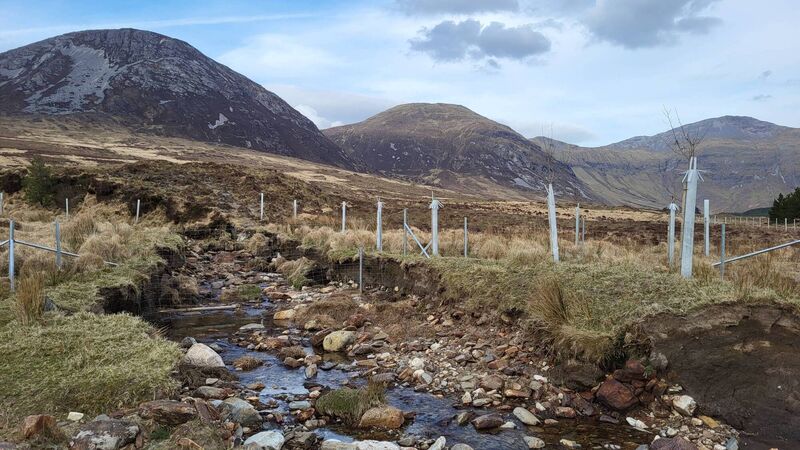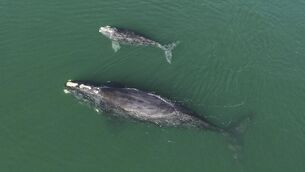Stiff competition but Connemara is one of the most degraded landscapes in Ireland

Connemara: New land purchased by the State to expand the Park is a positive step. Picture: Pádraic Fogarty
In the 1980s, farmers in receipt of payments from the EU per head of sheep were inadvertently incentivised to stuff as many animals onto the hills as they could. The result, predictably, was ecological disaster across the uplands. Connemara was one of the worst affected regions. The hordes of animals ate all the natural vegetation, leaving only bare peat in many places, rare plants disappeared, silt washed into streams and rivers harming fish habitat.
The sheep themselves struggled to survive: up to 10% of them died, providing a boon for scavengers such as foxes and ravens, which in turn hastened the decline, and eventual disappearance, of ground-nesting birds such as golden plover, curlew and dunlin.








